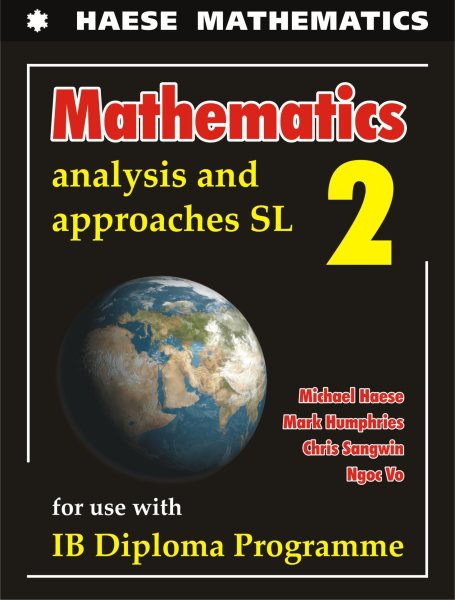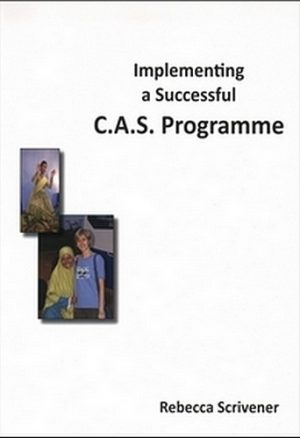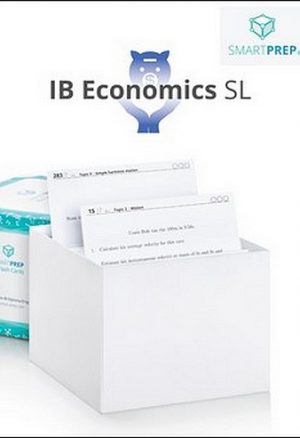Description
Analysis & Approaches SL-Textbook
This book has been written for the IB Diploma Programme course Mathematics: Analysis and Approaches SL, for first assessment in May 2021.
This book is designed to complete the course in conjunction with the Mathematics: Core Topics SL textbook. It is expected that students will start using this book approximately 6-7 months into the two-year course, upon the completion of the Mathematics: Core Topics SL textbook.
The Mathematics: Analysis and Approaches courses have a focus on algebraic rigour, and this book is written with this focus in mind. The material is presented in a clear, easy-to-follow style, free from unnecessary distractions, while effort has been made to contextualise questions so that students can relate concepts to everyday use.
Each chapter begins with an Opening Problem, offering an insight into the application of the mathematics that will be studied in the chapter. Important information and key notes are highlighted, while worked examples provide step-by-step instructions with concise and relevant explanations. Discussions, Activities, Investigations, and Research exercises are used throughout the chapters to develop understanding, problem solving, and reasoning.
Discussion topics for Theory of Knowledge are included throughout the book.
Table of Contents
Mathematics: Analysis and Approaches SL
1 THE BINOMIAL THEOREM 15
A Factorial notation 16
B Binomial expansions 17
C The binomial theorem 21
Review set 1A 26
Review set 1B 27
2 QUADRATIC FUNCTIONS 29
A Quadratic functions 31
B Graphs of quadratic functions 33
C Using the discriminant 40
D Finding a quadratic from its graph 43
E The intersection of graphs 47
F Problem solving with quadratics 50
G Optimisation with quadratics 53
H Quadratic inequalities 57
Review set 2A 61
Review set 2B 62
3 FUNCTIONS 65
A Relations and functions 66
B Function notation 69
C Domain and range 72
D Rational functions 78
E Composite functions 83
F Inverse functions 86
G Absolute value functions 91
Review set 3A 93
Review set 3B 96
4 TRANSFORMATIONS OF FUNCTIONS 99
A Translations 100
B Stretches 103
C Reflections 109
D Miscellaneous transformations 112
Review set 4A 115
Review set 4B 116
5 EXPONENTIAL FUNCTIONS 119
A Rational exponents 120
B Algebraic expansion and factorisation 122
C Exponential equations 125
D Exponential functions 127
E Growth and decay 132
F The natural exponential 138
Review set 5A 141
Review set 5B 143
6 LOGARITHMS 145
A Logarithms in base 1010 146
B Logarithms in base aa 149
C Laws of logarithms 151
D Natural logarithms 154
E Logarithmic equations 157
F The change of base rule 159
G Solving exponential equations using logarithms 160
H Logarithmic functions 164
Review set 6A 168
Review set 6B 170
7 THE UNIT CIRCLE AND RADIAN MEASURE 173
A Radian measure 174
B Arc length and sector area 177
C The unit circle 181
D Multiples of frac pi 6?6???? and frac pi 4?4???? 187
E The Pythagorean identity 190
F Finding angles 192
G The equation of a straight line 194
Review set 7A 195
Review set 7B 197
8 TRIGONOMETRIC FUNCTIONS 199
A Periodic behaviour 200
B The sine and cosine functions 204
C General sine and cosine functions 206
D Modelling periodic behaviour 211
E The tangent function 216
Review set 8A 219
Review set 8B 221
9 TRIGONOMETRIC EQUATIONS AND IDENTITIES 223
A Trigonometric equations 224
B Using trigonometric models 232
C Trigonometric identities 234
D Double angle identities 237
Review set 9A 241
Review set 9B 243
10 REASONING AND PROOF 245
A Logical connectives 248
B Proof by deduction 249
C Proof by equivalence 253
D Definitions 256
Review set 10A 259
Review set 10B 259
11 INTRODUCTION TO DIFFERENTIAL CALCULUS 261
A Rates of change 263
B Instantaneous rates of change 266
C Limits 269
D The gradient of a tangent 274
E The derivative function 276
F Differentiation from first principles 278
Review set 11A 281
Review set 11B 283
12 RULES OF DIFFERENTIATION 285
A Simple rules of differentiation 286
B The chain rule 291
C The product rule 294
D The quotient rule 297
E Derivatives of exponential functions 299
F Derivatives of logarithmic functions 303
G Derivatives of trigonometric functions 306
H Second derivatives 308
Review set 12A 310
Review set 12B 311
13 PROPERTIES OF CURVES 313
A Tangents 314
B Normals 319
C Increasing and decreasing 321
D Stationary points 326
E Shape 331
F Inflection points 333
G Understanding functions and their derivatives 338
Review set 13A 340
Review set 13B 342
14 APPLICATIONS OF DIFFERENTIATION 345
A Rates of change 346
B Optimisation 352
Review set 14A 362
Review set 14B 363
15 INTRODUCTION TO INTEGRATION 365
A Approximating the area under a curve 366
B The Riemann integral 369
C Antidifferentiation 372
D The Fundamental Theorem of Calculus 374
Review set 15A 379
Review set 15B 380
16 TECHNIQUES FOR INTEGRATION 381
A Discovering integrals 382
B Rules for integration 384
C Particular values 388
D Integrating f(ax + b)f(ax+b) 390
E Integration by substitution 393
Review set 16A 396
Review set 16B 397
17 DEFINITE INTEGRALS 399
A Definite integrals 400
B The area under a curve 404
C The area above a curve 409
D The area between two functions 411
E Problem solving by integration 416
Review set 17A 419
Review set 17B 422
18 KINEMATICS 425
A Displacement 427
B Velocity 429
C Acceleration 436
D Speed 439
Review set 18A 444
Review set 18B 446
19 BIVARIATE STATISTICS 449
A Association between numerical variables 450
B Pearson’s product-moment correlation coefficient 455
C Line of best fit by eye 460
D The least squares regression line 464
E The regression line of xx against yy 471
Review set 19A 474
Review set 19B 476
20 DISCRETE RANDOM VARIABLES 479
A Random variables 480
B Discrete probability distributions 482
C Expectation 486
D The binomial distribution 492
E Using technology to find binomial probabilities 496
F The mean and standard deviation of a binomial distribution 498
Review set 20A 500
Review set 20B 502
21 THE NORMAL DISTRIBUTION 505
A Introduction to the normal distribution 507
B Calculating probabilities 510
C The standard normal distribution 518
D Quantiles 522
Review set 21A 528
Review set 21B 529
ANSWERS 531
INDEX 611
Michael Haese, Mark Humphries, Chris Sangwin, Ngoc Vo – Haese Mathematics





